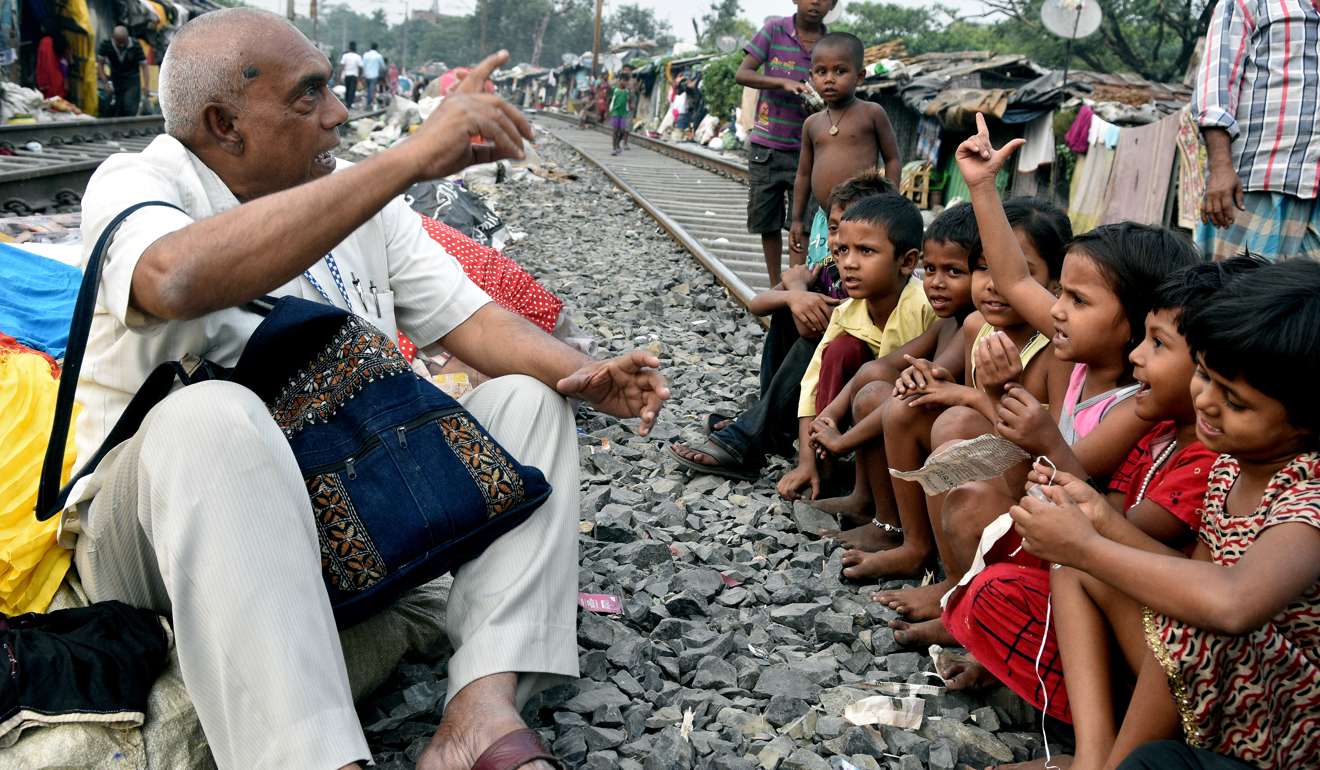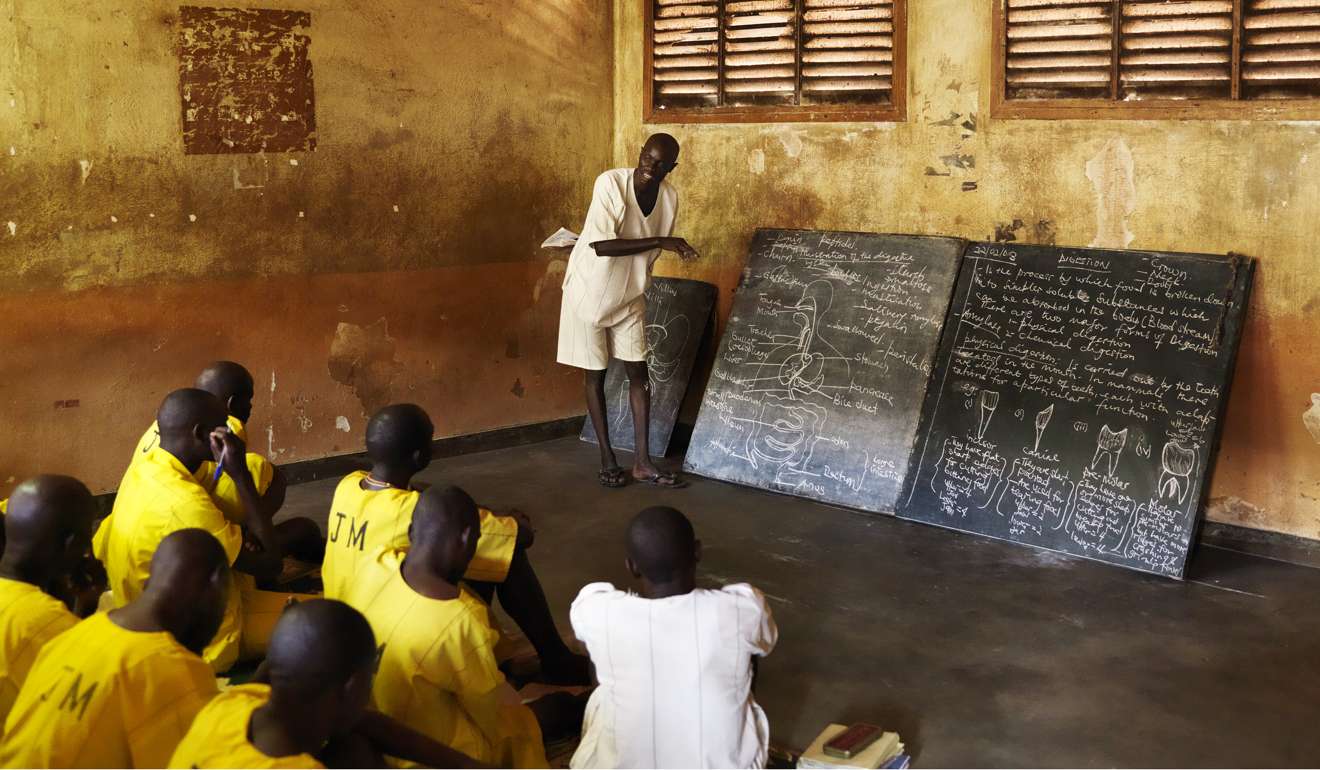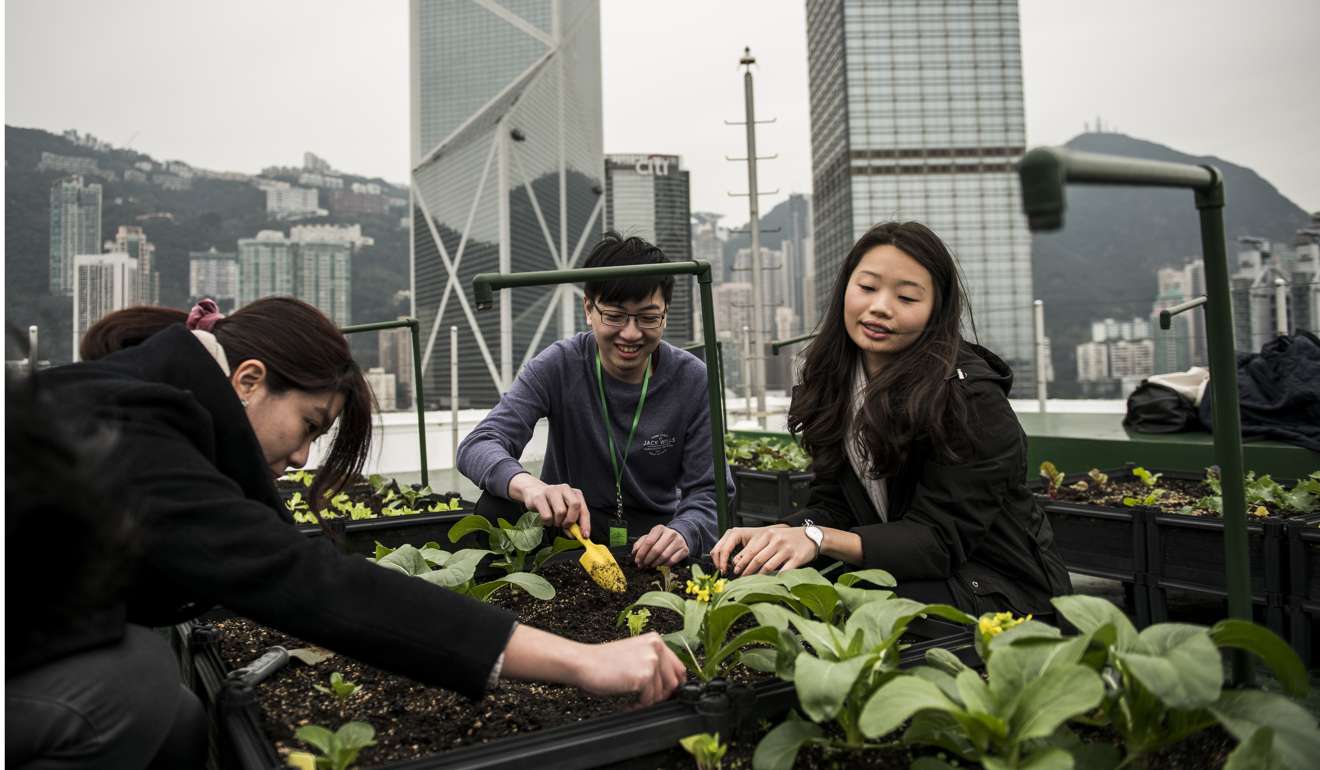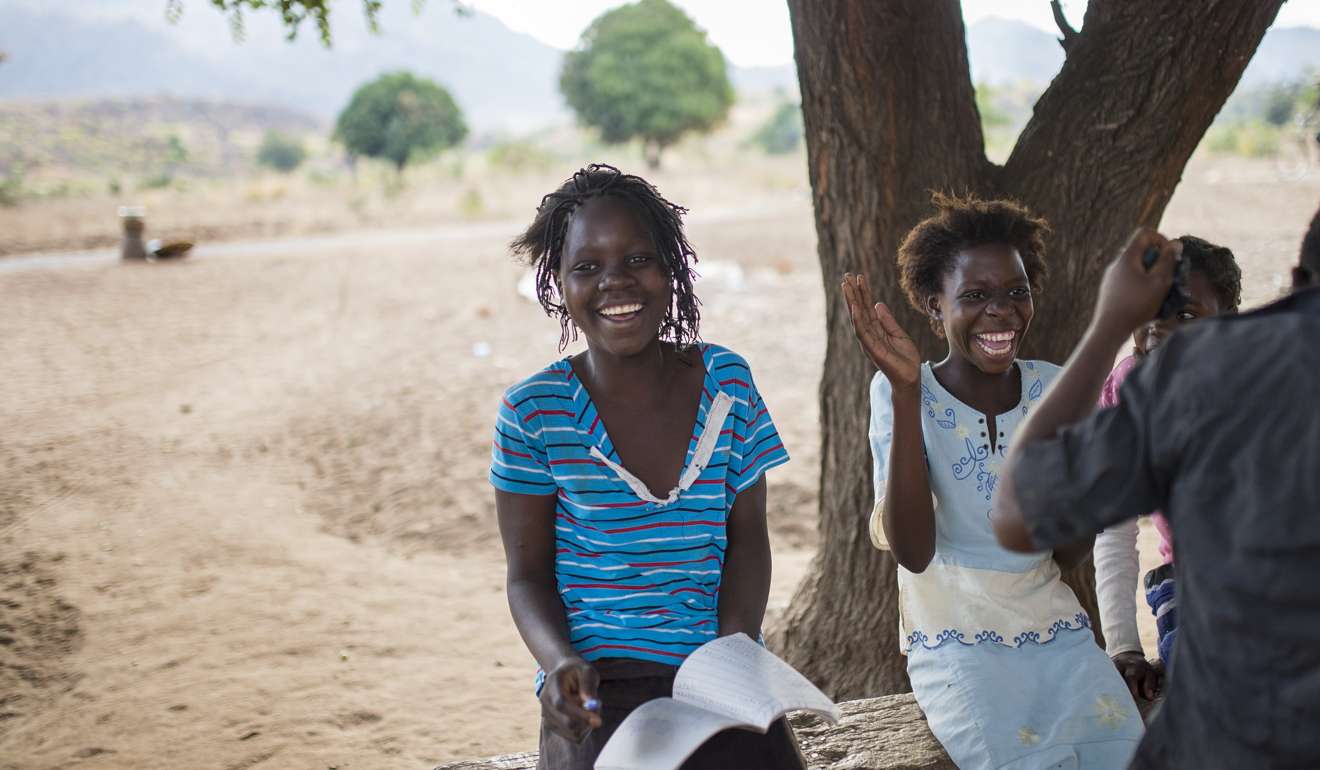
The thinking behind coffee table book with a difference, The Other Hundred Educators, about grass-roots teachers worldwide
Hong Kong-based think tank chief Chandran Nair set out to challenge the idea that education is about going to an Ivy League school or getting an MBA by focusing on little-known teachers helping communities everywhere
Glossy “top 100” coffee table books will feature the world’s most beautiful people or the most fashionable, perhaps the best golf courses. And then there’s the Forbes rich list. But what about those at the other end of the scale, the 100 poorest?
Chandran Nair was curious, and the founder and CEO of the Global Institute for Tomorrow, an independent Hong Kong-based think-tank, created a photo book project, The Other Hundred.
The first book, published in 2013, contrasted the lives and achievements of 100 ordinary people from around the world with celebrities on the rich and famous lists. Nair and his team contacted photojournalists with the question – who are the poorest hundred? – and asked for stories.

“We wanted to create a book of photography that went beyond exotic images – we’ve all seen the shot of the beautiful Afghan woman with piercing eyes in the shadow of a destroyed building. We thought someone local might see things differently,” says Nair.
The team received thousands of photos from 130 countries. Many of the well-known photographers didn’t understand the aim – this wasn’t about a photo of a poor child with a running nose eating from a plate on the floor.
“It’s shallow to think of the poor as victims. People do lead very profound lives with a lot less,” says Nair.
And between the photo stories were eight essays from writers around the world. The book was a success, and the second was released in 2015, The Other Hundred Entrepreneurs. Again, the aim was to challenge ideas, in this case that an entrepreneur is a tech guru who had made his first million dollars by the age of 28 and wants to save the world.
“The images we got back confirmed the reality that most entrepreneurs are small to medium-sized enterprises, they’ve never met an investment banker, don’t do IPOs and are just interested in making a living and doing a good day’s work,” says Nair.
The third in the series, due for release this month,is The Other Hundred Educators, which tells the stories of 100 little-known educators through images accompanied by short narratives.

“The trigger for this book was to challenge the idea that education is about going to an Ivy League school or getting an MBA from one of the top-ranked schools. Education is more profound than that,” says Nair.
It’s shallow to think of the poor as victims. People do lead very profound lives with a lot less
He shares in the book’s foreword that, although his classroom education was important, what counted more was the diversity he was exposed to growing up in a south Indian family in multicultural Malaysia.
Nair hopes the book will question who is an educator and what it means to be educated. The stories are all different. Take Yaghoubi Liaghat, who teaches the children of nomads in southern Iran’s Fars province. He teaches his 12 students Farsi, maths, history, literature and science in a tent, and takes them to and from classes in his own car.
From India, there is 61-year-old Mohd Alamgir, sitting on railways tracks in Calcutta holding an informal class with young children. We learn that, thanks in part to his 35 years working in the slum district, that 90 per cent of people here are literate and 8 per cent of its school students, mostly girls, go on to graduate from university.

“We insist that the image cannot be one of a voyeur. A lot of top photographers are voyeurs. They are technically brilliant, but they don’t know the person. They must know the story of an individual. So we are also challenging the prima donna photographer,” says Nair.
From Uganda, there is a photo of a prisoner at the maximum security Kirinya prison in Jinja teaching primary school biology. The blackboards propped up against the filthy prison walls show a detailed illustration of the digestive system.


“One of the themes running through the book is to stop feeling sorry for people. Do things for people, but don’t forget that although people are poor they are still getting on with their lives,” he says.
The book will be available from local bookshops and at Amazon.com, and will be given as corporate gifts at conferences. Nair hopes it will serve as a conversation starter.

The Other Hundred series is only just warming up – there are 10 planned. An upcoming issue will cover migrants, showing that all societies are built around migration. And, recognising that many soccer players are migrants, Nair is approaching soccer clubs and their boards to ask for sponsorship.
Other ideas include The Other Hundred Chefs and one with a focus on performers, debunking the idea of the celebrity performer.
“It could be an Indian classical dancer, a Moroccan drummer, a dancer from Ukraine or a puppeteer from Sumatra, many of whom spend a lifetime learning their craft, but are not as well-known as Justin Bieber, who plays a three-chord trick,” says Nair.
A judging panel meets for three days to select images and stories. Most submissions come from North America, China and India. The hard work, says Nair, is to ensure they get stories from Mali, Macedonia, the Solomon Islands and other far-flung places.
“We have developed a network of contacts in well over 150 countries. The aim is to reach out to the local photojournalists and give them a chance to appear in an international publication,” says Nair.

“When governments tell us we can’t teach our children how to read and write in their own language, we feel as if a knife has gone into our body, then kept going deeper and deeper,” Yunupingu writes.

